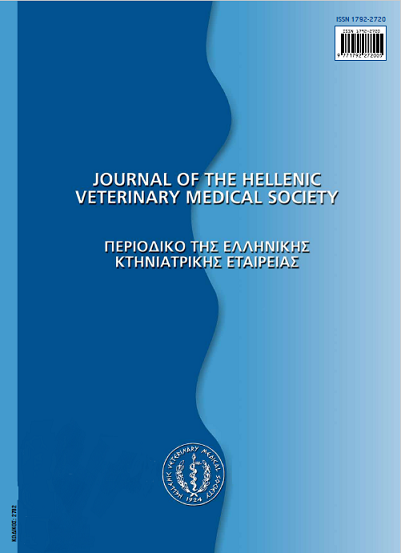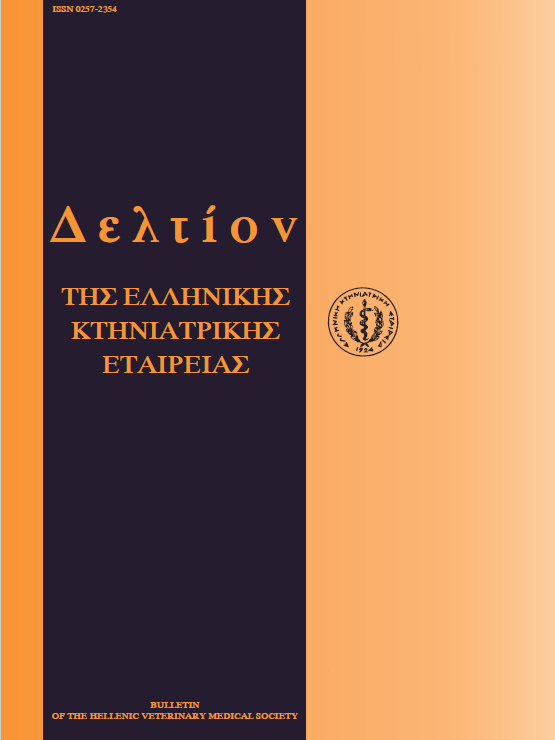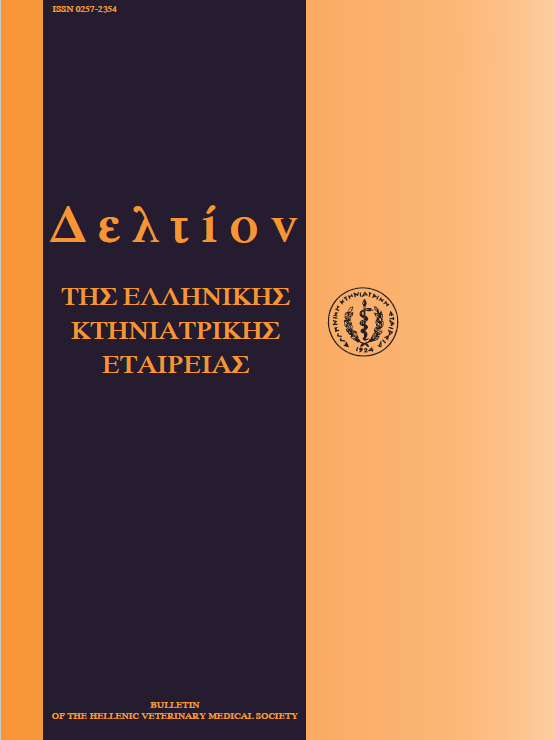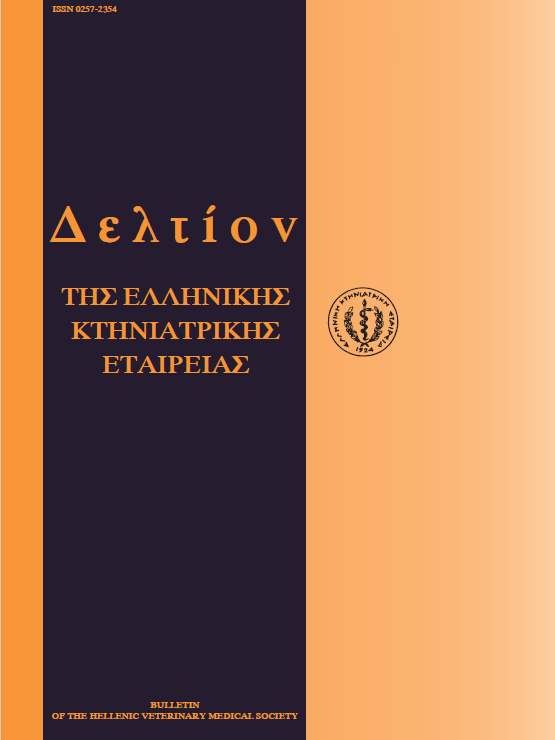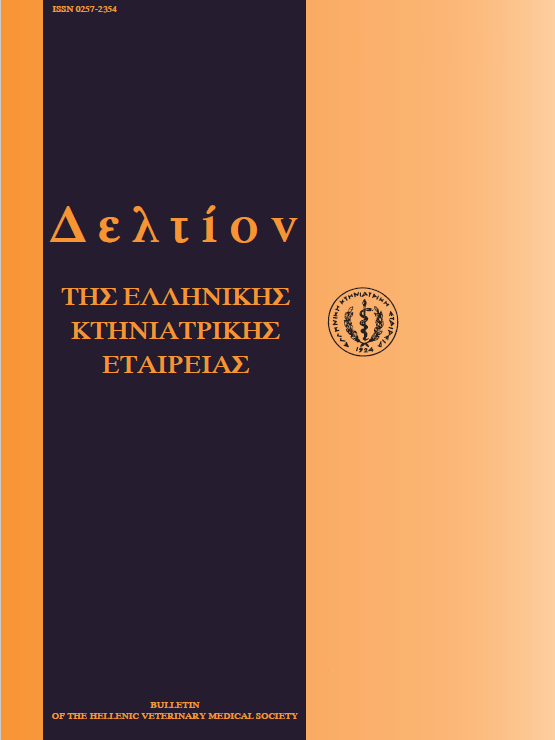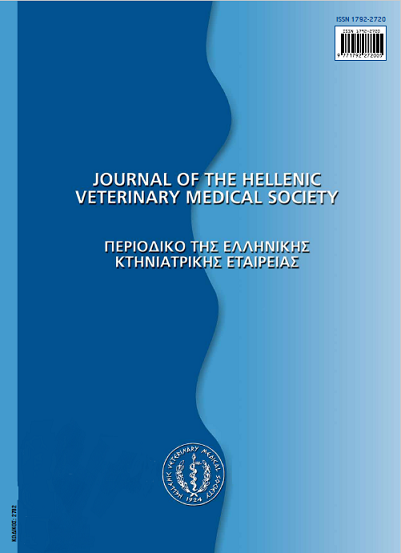Porcine Reproducive and Respiratory Syndrome (PRRS) and secondary co-infections: New aspects, economic impact and update situation in Greece
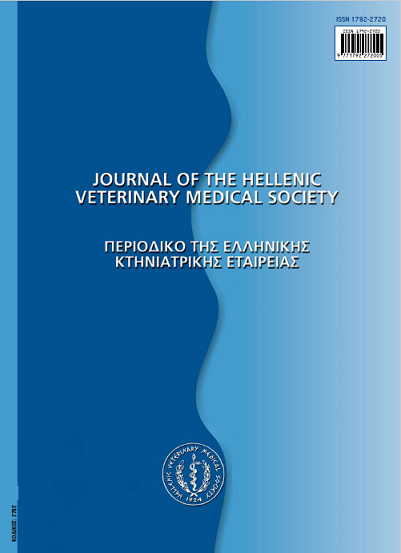
Abstract
The clinical manifestations of PRRS virus infection vary from subclinical to severe reproductive failure and/or respiratory disease. Severity of PRRS virus associated disease may result from interactions among factors involving differences in virulence among PRRS virus isolates, probable recombination between the different isolates that are responsible for the clinical manifestation of PRRS in the same farm, differences in concurrent infections (other viruses and bacteria) and hygiene monitoring programme. It is known that viruses and bacteria interacted and the most common model of this interaction is that pathogens bacteria complicate the lesions that are due to viruses. PRRS virus induces predisposition to Streptococcus suis in nursery age pigs and increases susceptibility to Salmonella choleraesuis, Bordetella bronchiseptica and Mycoplasma hyopneumoniae. Furthermore, PRRS virus is involved in aetiology and predispose to appearance of Porcine Respiratory Disease Complex (PRDC) Postweaning Multisystemic Wasting Syndrome (PMWS) and Porcine Dermatitis and Nephropathy Syndrome (PDNS). The respiratory form of PRRS co-infection with Aujeszky' disease causes severe losses in swine herds due to respiratory problems. In cases of PRRS co-infections with other agents, the cost of pork meat production is raised from the treatments and other special management strategies. Up to date, in Greece, PRRS is appeared with the enzootic form (independendy of the season) with elevations and declines. In Greek swine industry, PRRS virus is involved as primary pathogen agent in cautions of mortality of growing/finishing pigs. During the last years, the presence of the new syndromes of PRDC, PMWS and PDNS causes additional economical losses and increases the cost of Greek pork meat production. The unpublished data of editors indicate that during last year, PRRS caused severe losses in Greek swine industry. Cases of PRRS were noticed in farms which purchased gilts or piglets without keeping out preventive facilities of biosecurity as quarantine, serology examinations etc. The syndrome was appeared with the respiratory form in growing/finishing pigs associated with severe losses, due to the entrance of «new» different isolates of PRRS virus from the purchase of gilts or piglets. It is probably that these «new» different isolates were more virulent than the preexisted isolates or/and predominated with them. In cases, where severe respiratory signs in growing/finishing pigs and no or moderate reproductive form of PRRS were noticed, it is probable that the vaccinations of sows against PRRS did not protect the growing/finishing pigs or the «new» different isolates of PRRS virus had more respiratory than reproductive tropism or coexistenced in all earlier circumstances. Today, PRRS is a dangerous risk factor for the Greek swine industry and for this reason it is important to apply all preventive facilities as: vaccinations, reduction of the introduction gilts and maintenance of a grandparent nucleus in the farm for producing gilts, quarantine and serological monitoring for all introduced animals (gilts and piglets), as well as the purchase of animals from PRRS-negative farms. The purchase of piglets has to be avoided because it induces negative effects on the clinical manifestation and control of PRRS.
Article Details
- How to Cite
-
PAPATSIROS (Β.Γ. ΠΑΠΑΤΣΙΡΟΣ) V. G., ALEXOPOULOS (Κ. ΑΛΕΞΟΠΟΥΛΟΣ) C., & KYRIAKIS (Σ.Κ. ΚΥΡΙΑΚΗΣ) S. C. (2017). Porcine Reproducive and Respiratory Syndrome (PRRS) and secondary co-infections: New aspects, economic impact and update situation in Greece. Journal of the Hellenic Veterinary Medical Society, 58(2), 157–171. https://doi.org/10.12681/jhvms.14982
- Issue
- Vol. 58 No. 2 (2007)
- Section
- Review Articles
Authors who publish with this journal agree to the following terms:
· Authors retain copyright and grant the journal right of first publication with the work simultaneously licensed under a Creative Commons Attribution Non-Commercial License that allows others to share the work with an acknowledgement of the work's authorship and initial publication in this journal.
· Authors are able to enter into separate, additional contractual arrangements for the non-exclusive distribution of the journal's published version of the work (e.g. post it to an institutional repository or publish it in a book), with an acknowledgement of its initial publication in this journal.
· Authors are permitted and encouraged to post their work online (preferably in institutional repositories or on their website) prior to and during the submission process, as it can lead to productive exchanges, as well as earlier and greater citation of published work.





